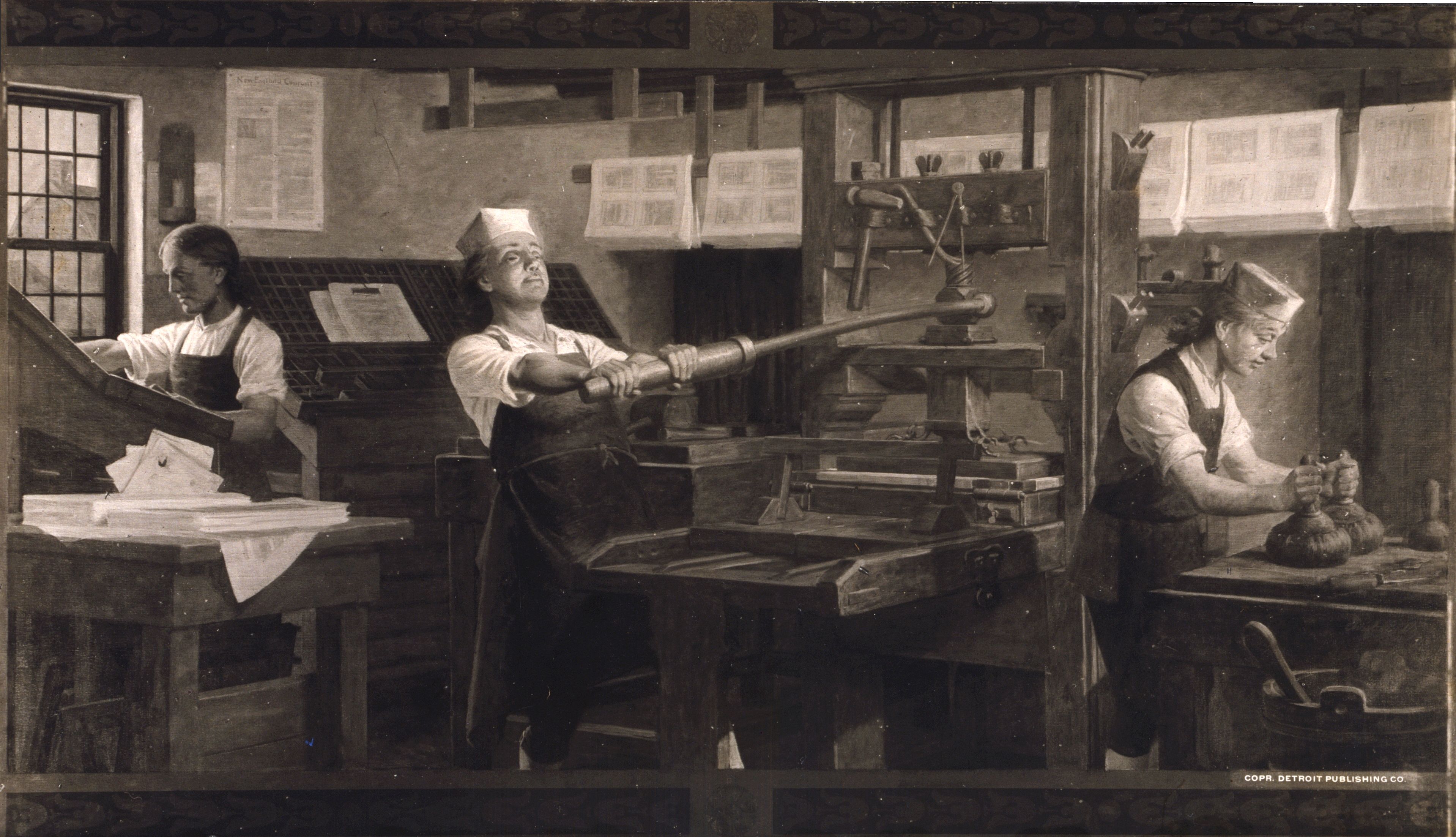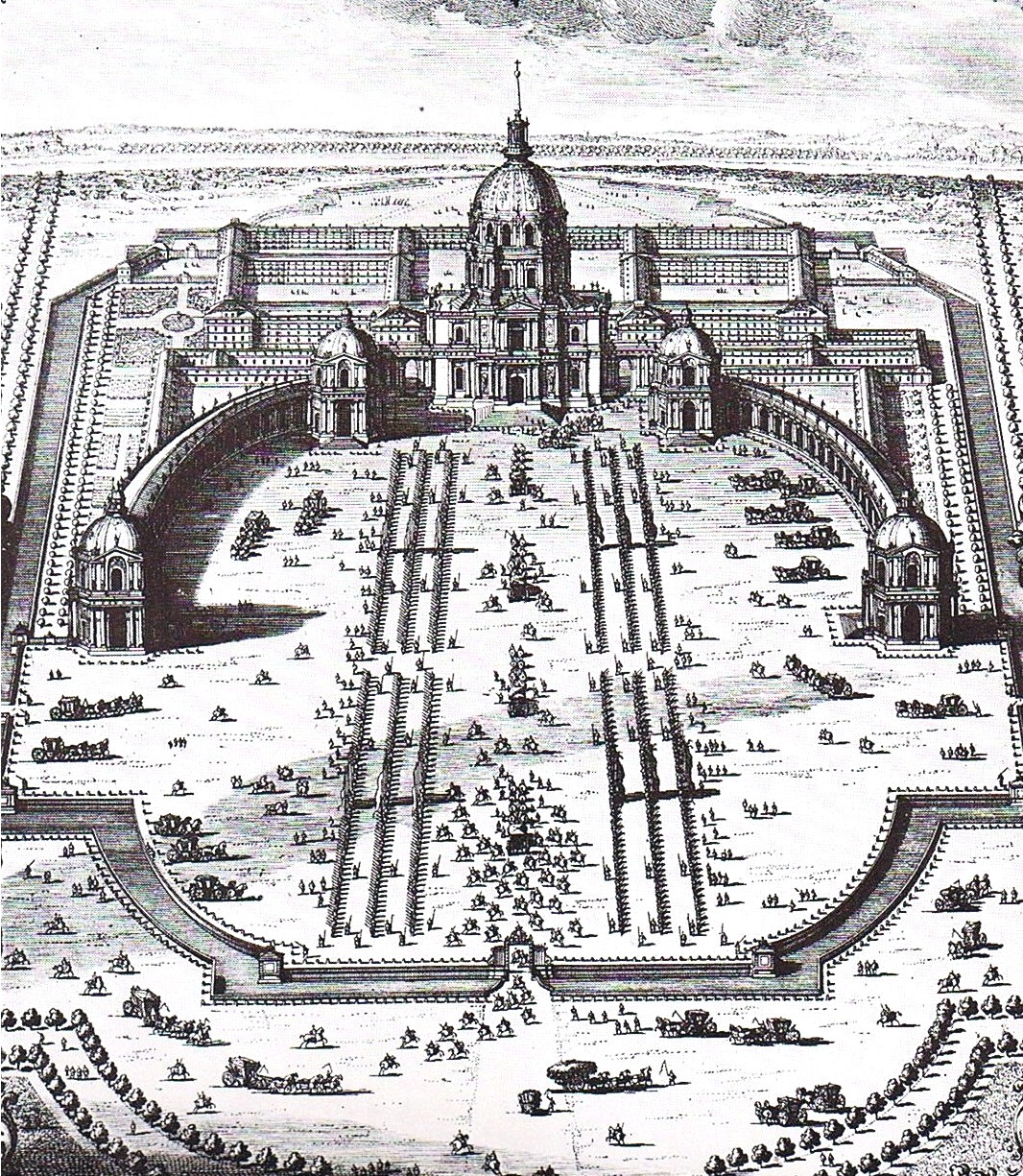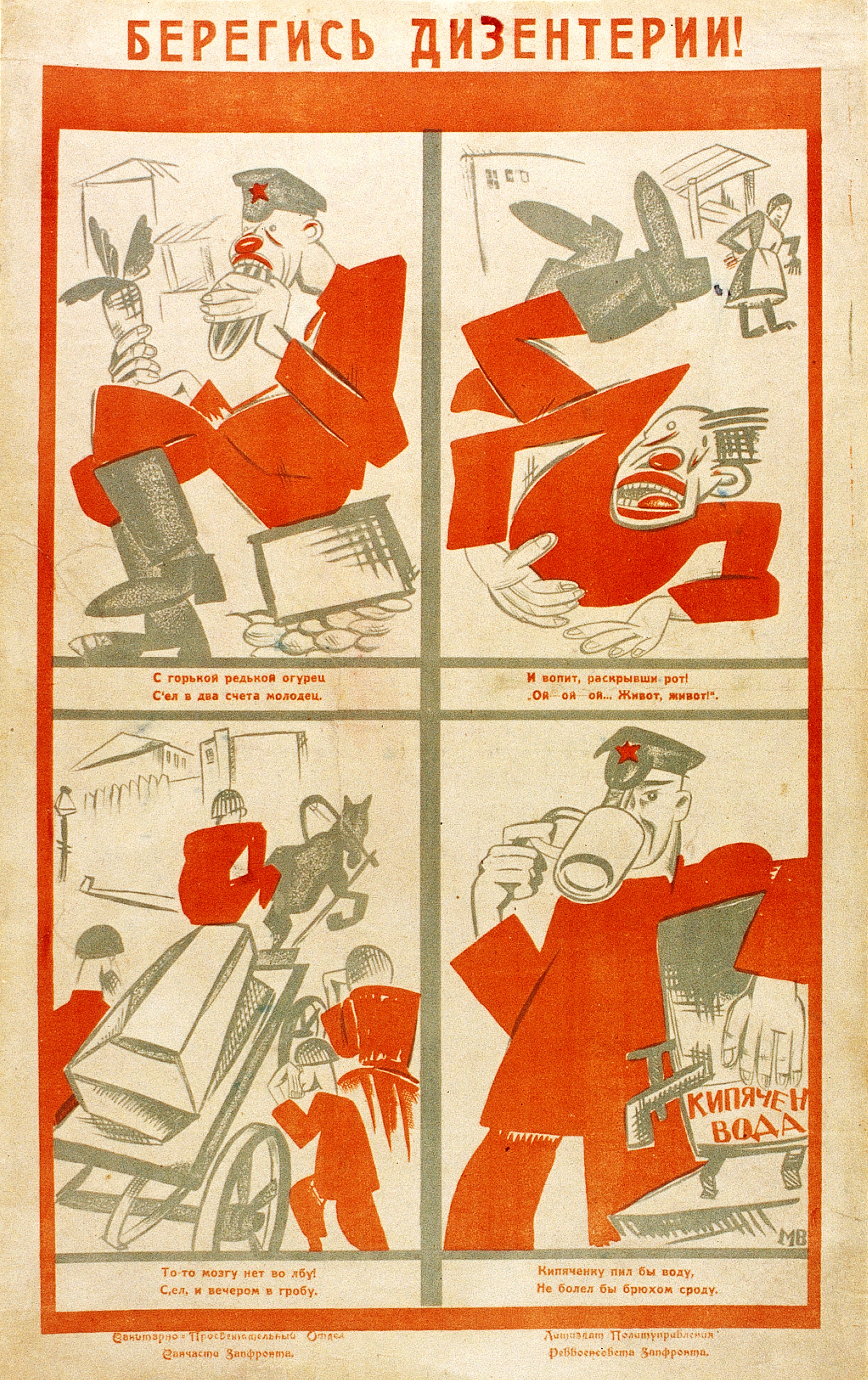|
Antoine-Augustin Parmentier
Antoine-Augustin Parmentier (, ; ; 12 August 1737 – 13 December 1813) was a French pharmacist and agronomist, best remembered as a vocal promoter of the potato as a food source for humans in France and throughout Europe. His many other contributions to nutrition and health included establishing the first mandatory smallpox vaccination campaign in France (under Napoleon beginning in 1805, when he was Inspector-General of the Health Service) and pioneering the extraction of sugar from sugar beets. Parmentier also founded a school of breadmaking and studied methods of conserving food, including refrigeration. Life and career While serving as an army pharmacist for France in the Seven Years' War, he was captured by the Prussians, and in prison in Prussia was faced with eating potatoes, known to the French only as hog feed. The potato had been introduced from South America to Europe by the Spaniards at the beginning of the 16th century. It was introduced to the rest of Europe by 164 ... [...More Info...] [...Related Items...] OR: [Wikipedia] [Google] [Baidu] |
François Dumont (painter)
François Dumont (; 7 January 1751 – 27 August 1831) was a French painter of portrait miniatures. Dumont was born at Lunéville (Meurthe Department, Meurthe), and was left an orphan when young, with five brothers and sisters to support. He was for a while a student under Jean Girardet, and then, on. the advice of a Lunville Academician, Madame Coster, set up a studio for himself. In 1784 he journeyed to Rome, returning after four years careful study, and in 1788 was accepted as an Academician and granted an apartment in the Louvre. He married Marie-Nicole Vestier, Marie-Nicole, the daughter of Antoine Vestier, the miniature painter, at the ''Dictionary of Pastellists Before 1800''. and had two sons, Aristide and Bias, both of whom became painters. Dumont was one of the three greatest miniatu ... [...More Info...] [...Related Items...] OR: [Wikipedia] [Google] [Baidu] |
Seven Years' War
The Seven Years' War, 1756 to 1763, was a Great Power conflict fought primarily in Europe, with significant subsidiary campaigns in North America and South Asia. The protagonists were Kingdom of Great Britain, Great Britain and Kingdom of Prussia, Prussia versus Kingdom of France, France and Habsburg monarchy, Austria, the respective coalitions receiving by countries including Portuguese Empire, Portugal, Spanish Empire, Spain, Electorate of Saxony, Saxony, Age of Liberty, Sweden, and Russian Empire, Russia. Related conflicts include the Third Silesian War, French and Indian War, Carnatic wars, Third Carnatic War, Anglo-Spanish War (1762–1763), Anglo-Spanish War (1762–1763), and Spanish–Portuguese War (1762–1763), Spanish–Portuguese War. Although the War of the Austrian Succession ended with the Treaty of Aix-la-Chapelle (1748), none of the signatories were happy with the terms, and it was generally viewed as a temporary armistice. It led to a strategic realignment kn ... [...More Info...] [...Related Items...] OR: [Wikipedia] [Google] [Baidu] |
Antoine Lavoisier
Antoine-Laurent de Lavoisier ( ; ; 26 August 17438 May 1794), When reduced without charcoal, it gave off an air which supported respiration and combustion in an enhanced way. He concluded that this was just a pure form of common air and that it was the air itself "undivided, without alteration, without decomposition" which combined with metals on calcination. After returning from Paris, Priestley took up once again his investigation of the air from mercury calx. His results now showed that this air was not just an especially pure form of common air but was "five or six times better than common air, for the purpose of respiration, inflammation, and ... every other use of common air". He called the air dephlogisticated air, as he thought it was common air deprived of its phlogiston. Since it was therefore in a state to absorb a much greater quantity of phlogiston given off by burning bodies and respiring animals, the greatly enhanced combustion of substances and the greater ease ... [...More Info...] [...Related Items...] OR: [Wikipedia] [Google] [Baidu] |
Benjamin Franklin
Benjamin Franklin (April 17, 1790) was an American polymath: a writer, scientist, inventor, statesman, diplomat, printer, publisher and Political philosophy, political philosopher.#britannica, Encyclopædia Britannica, Wood, 2021 Among the most influential intellectuals of his time, Franklin was one of the Founding Fathers of the United States; a Committee of Five, drafter and signer of the United States Declaration of Independence, Declaration of Independence; and the first United States Postmaster General, postmaster general. Born in the Province of Massachusetts Bay, Franklin became a successful Early American publishers and printers, newspaper editor and printer in Philadelphia, the leading city in the colonies, publishing ''The Pennsylvania Gazette'' at age 23. He became wealthy publishing this and ''Poor Richard's Almanack'', which he wrote under the pseudonym "Richard Saunders". After 1767, he was associated with the ''Pennsylvania Chronicle'', a newspaper known for it ... [...More Info...] [...Related Items...] OR: [Wikipedia] [Google] [Baidu] |
Pierre Bayen
Pierre Bayen (7 February 1725–14 February 1798) was a French chemist (apothecary). He analyzed mineral water drunk in France (then a kingdom), and wrongly suggested that using pewter glasses rendered the water toxic. After his studies he began a career in the military that spanned more than forty years. During the Seven Years' War he met and befriended Parmentier who was his subordinate. * Bayen was a member of the ''College de Pharmacie'' from around 1766. * Bayen became a member of the French Academy of Sciences in 1785 and the Institut de France in 1795. He burned all his papers during the Reign of Terror of 1793-1794. * Bayen became the Inspector General of the Health Services in 1796. Legacy * Bayen is credited as the father of Military Pharmacy. * There is a road in Paris Paris () is the Capital city, capital and List of communes in France with over 20,000 inhabitants, largest city of France. With an estimated population of 2,048,472 residents in January ... [...More Info...] [...Related Items...] OR: [Wikipedia] [Google] [Baidu] |
Napoléon Bonaparte
Napoleon Bonaparte (born Napoleone di Buonaparte; 15 August 1769 – 5 May 1821), later known by his regnal name Napoleon I, was a French general and statesman who rose to prominence during the French Revolution and led Military career of Napoleon, a series of military campaigns across Europe during the French Revolutionary and Napoleonic Wars from 1796 to 1815. He led the French First Republic, French Republic as French Consulate, First Consul from 1799 to 1804, then ruled the First French Empire, French Empire as Emperor of the French from 1804 to 1814, and briefly again in 1815. He was King of Italy, King of Kingdom of Italy (Napoleonic), Italy from 1805 to 1814 and Protector of the Confederation of the Rhine, Protector of the Confederation of the Rhine from 1806 to 1813. Born on the island of Corsica to a family of Italian origin, Napoleon moved to mainland France in 1779 and was commissioned as an officer in the French Royal Army in 1785. He supported the French Rev ... [...More Info...] [...Related Items...] OR: [Wikipedia] [Google] [Baidu] |
Wheat Bread
Brown bread is bread made with significant amounts of whole grain flours, usually wheat sometimes with corn and or rye flours. Brown breads often get their characteristic dark color from ingredients such as molasses or coffee. In Canada, the UK, Ireland and South Africa, it is whole wheat bread; in New England and the Maritimes, it is bread sweetened with molasses. Brown bread contrasts with white bread. History In Ireland, during the Famine, prior to 1848, brown bread was handed out to the poor. In England, brown bread was made from brown meal. Around and prior to the year 1845, brown meal was considered a less desirable grain product, and was priced accordingly. However, by 1865, due to recently discovered health benefits of bran, brown meal's London price had increased to a point often greater than that of fine flour. Flour milling Historically, brown meal was what remained after about 90% of the coarse, outer bran and 74% of pure endosperm or fine flour was removed f ... [...More Info...] [...Related Items...] OR: [Wikipedia] [Google] [Baidu] |
Potato Bread
Potato bread is a form of bread in which potato flour or potato replaces a portion of the regular wheat flour. It is cooked in a variety of ways, including baking it on a hot griddle or pan, or in an oven. It may be leavened or unleavened, and may have a variety of other ingredients baked into it. The ratio of potato to wheat flour varies significantly from recipe to recipe, with some recipes having a majority of potato, and others having a majority of wheat flour. Some recipes call for mashed potatoes, while others call for dehydrated potato flakes. It is available as a commercial product in many countries, with similar variations in ingredients, cooking methods, and other variables. Alternative names Potato bread goes by many regional names, including slims, fadge, potato cake, potato farls, and tatie bread in Ireland. " Potato cake" can actually refer to numerous dishes. Varieties Brazil Brazilian potato bread is usually a light airy bread, made in small round loaves with ... [...More Info...] [...Related Items...] OR: [Wikipedia] [Google] [Baidu] |
Les Invalides
The Hôtel des Invalides (; ), commonly called (; ), is a complex of buildings in the 7th arrondissement of Paris, France, containing museums and monuments, all relating to the military history of France, as well as a hospital and an old soldiers' retirement home, the building's original purpose. The buildings house the Musée de l'Armée, the museum of the Army of France, the Musée des Plans-Reliefs, and the Musée d'Histoire Contemporaine. The complex also includes the Cathedral of Saint-Louis-des-Invalides, the national cathedral of the French military. It is adjacent to the Royal Chapel known as the , the tallest church building in Paris at a height of 107 meters. The latter has been converted into a shrine to some of France's leading military figures, most notably the tomb of Napoleon. History Louis XIV initiated the project by an order dated 24 November 1670 to create a home and hospital for aged and disabled () soldiers, the veterans of his many military campaigns ... [...More Info...] [...Related Items...] OR: [Wikipedia] [Google] [Baidu] |
Dysentery
Dysentery ( , ), historically known as the bloody flux, is a type of gastroenteritis that results in bloody diarrhea. Other symptoms may include fever, abdominal pain, and a feeling of incomplete defecation. Complications may include dehydration. The cause of dysentery is usually the bacteria from genus '' Shigella'', in which case it is known as shigellosis, or the amoeba '' Entamoeba histolytica''; then it is called amoebiasis. Other causes may include certain chemicals, other bacteria, other protozoa, or parasitic worms. It may spread between people. Risk factors include contamination of food and water with feces due to poor sanitation. The underlying mechanism involves inflammation of the intestine, especially of the colon. Efforts to prevent dysentery include hand washing and food safety measures while traveling in countries of high risk. While the condition generally resolves on its own within a week, drinking sufficient fluids such as oral rehydration solutio ... [...More Info...] [...Related Items...] OR: [Wikipedia] [Google] [Baidu] |
Besançon
Besançon (, ; , ; archaic ; ) is the capital of the Departments of France, department of Doubs in the region of Bourgogne-Franche-Comté. The city is located in Eastern France, close to the Jura Mountains and the border with Switzerland. Capital of the historic and cultural region of Franche-Comté, Besançon is home to the Bourgogne-Franche-Comté regional council headquarters, and is an important administrative centre in the region. It is also the seat of one of the fifteen French ecclesiastical provinces and one of the two 1st Armored Division (France), divisions of the French Army. In 2022 the city had a population of 120,057, in a metropolitan area of 284,474, the second in the region in terms of population. Established in a meander of the river Doubs (river), Doubs, the city was already important during the Gallo-Roman era under the name of ''Vesontio'', capital of the Sequani. Its geography and specific history turned it into a military stronghold, a garrison city, a p ... [...More Info...] [...Related Items...] OR: [Wikipedia] [Google] [Baidu] |
Leprosy
Leprosy, also known as Hansen's disease (HD), is a Chronic condition, long-term infection by the bacteria ''Mycobacterium leprae'' or ''Mycobacterium lepromatosis''. Infection can lead to damage of the Peripheral nervous system, nerves, respiratory tract, skin, and eyes. This nerve damage may result in a lack of ability to feel pain, which can lead to the loss of parts of a person's Appendicular skeleton, extremities from repeated injuries or infection through unnoticed wounds. An infected person may also experience muscle weakness and poor eyesight. Leprosy symptoms may begin within one year, but for some people symptoms may take 20 years or more to occur. Leprosy is spread between people, although extensive contact is necessary. Leprosy has a low pathogenicity, and 95% of people who contract or who are exposed to ''M. leprae'' do not develop the disease. Spread is likely through a cough or contact with fluid from the nose of a person infected by leprosy. Genetic factors and i ... [...More Info...] [...Related Items...] OR: [Wikipedia] [Google] [Baidu] |








